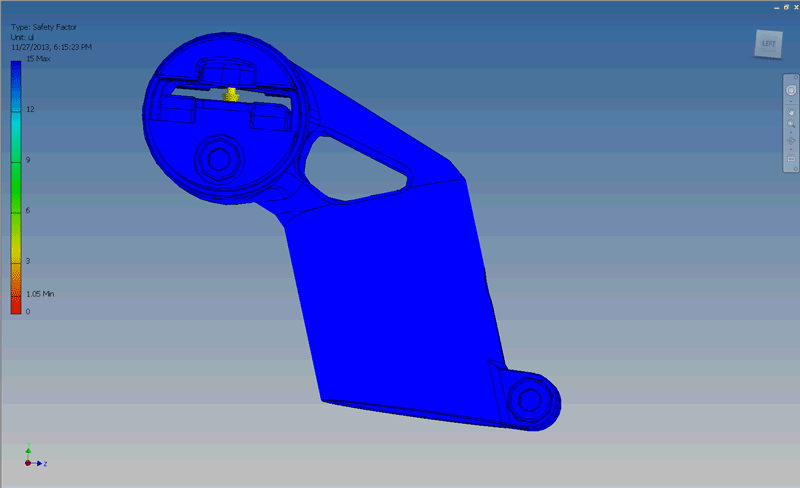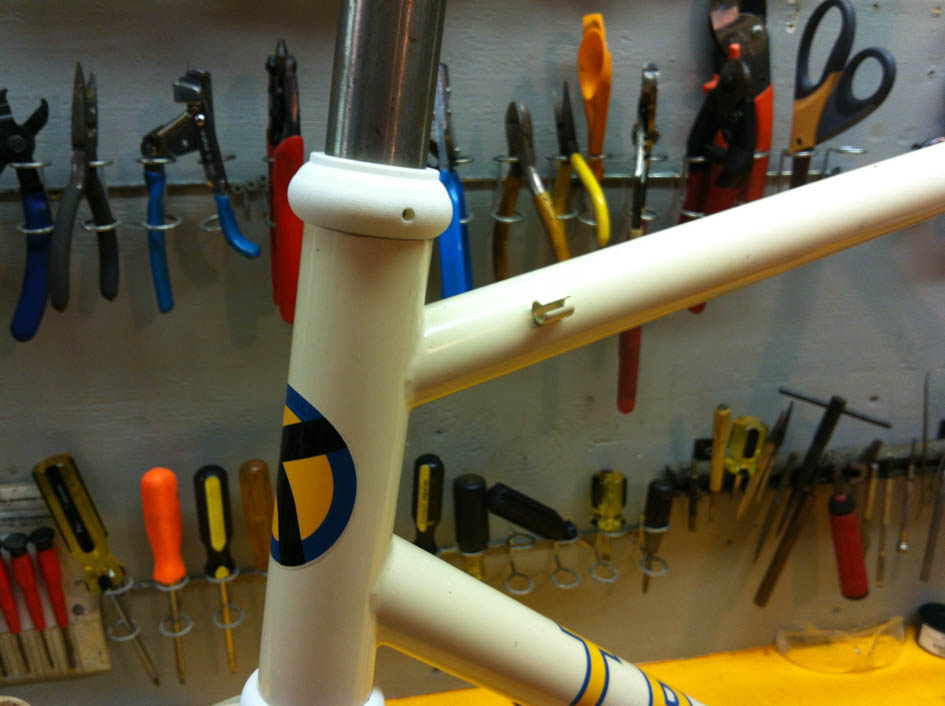this evening, someone named Wen shi Di asked me to answer his question on Quora. i did, and i enjoyed doing so very much. my answer is reposted below.
If one of the key tenets of 3D Printing is "If you can imagine it, you can print it," then will cultures where imagination and critical thinking are discouraged, suffer a disadvantage in technolgy adoption?
It's true, the ability to create complex structures - negative draft angles, interlocking parts, voids, etc. - is much touted in the current press surrounding 3D printing. And for some physical product designers (jewelers come to mind), that ability is already having a significant impact on the creative range of printed product. 3D printing frees the designer from manufacturing constraints, and designers that are able to discard those shackles will likely see some creative benefit.
I see a few caveats to this, though, which dilute the net effect significantly.
1. I would question whether "unimaginative" cultures actually produce less creative content than liberal ones. For instance, the electronic music movement allowed for the democratization of music in many ways. Did that discourage the creative output of countries like Japan and Germany?
(It's worth noting here that I'm not even sure how to determine a consensus on which cultures discourage imagination or critical thinking. But compare the number of google results for "germany imaginative" (6.3M), "japan imaginative" (5.4M), and "america imaginative" (11.6M). Similarly: "germany creative" (289M); "japan creative" (310M); "america creative" (608M). Of course, "america" is a bit vague, but "USA imaginative" gets 7.7M and "USA creative" gets 458M, so I think it's safe to say that the English-speaking internet, as crawled by Google, thinks that the US is more creative and imaginative than Germany and Japan.)
2. It remains to be seen whether 3D printing becomes a large scale means of production unto itself, as opposed to a prototyping tool for injection-molded and machined parts. For most consumers, 3D printed objects aren't yet at the quality where they're desirable as home objects. Unless FDM machines improve part quality by an order of magnitude (let's be honest: fused deposition parts look and feel like crap), I doubt they'll ever produce objects that consumers want to be touching or seeing. Even SLA parts lack the strength and weight of most popular injection molded parts (n.b., this is all coming from someone who refuses to put even an injection molded plastic or CNCd aluminum case on his iPhone, so take my comments on user experience with a grain of salt). It's possible that SLS, if production costs can be reduced, could make consumer-ready product in the future, and who knows what other technology is nearby - or what the consumers of the future will regard as "consumer-ready." But as it stands, even the most creative designers are still largely constrained to designing for traditional manufacturing methods, if they want their designs to be produced and distributed with traditional supply channels and to a consumer base that's accustomed to the look and feel of traditionally manufactured parts.
3. Even if the designers in "unimaginative" cultures like Germany and Japan fail to fully utilize the creative freedom allowed by 3D printing, and even if 3D printing does transition into being a source of large numbers of consumer and industrial goods, that doesn't necessarily mean that Germany and Japan will be left at a disadvantage with regard to technology adoption. If SLA and SLS really do take off, there will be more than enough opportunity to go around. Every industry that deals with physical goods will be affected on a massive level, and the inability to think in terms of objects that are solid and have positive draft angles likely won't make a whit of a difference. Because regardless of how much the 3D printed jewelry of today resembles sea sponges, 3D printing needs to (and certainly will) be used for many more traditional uses for the technology to really take off.


